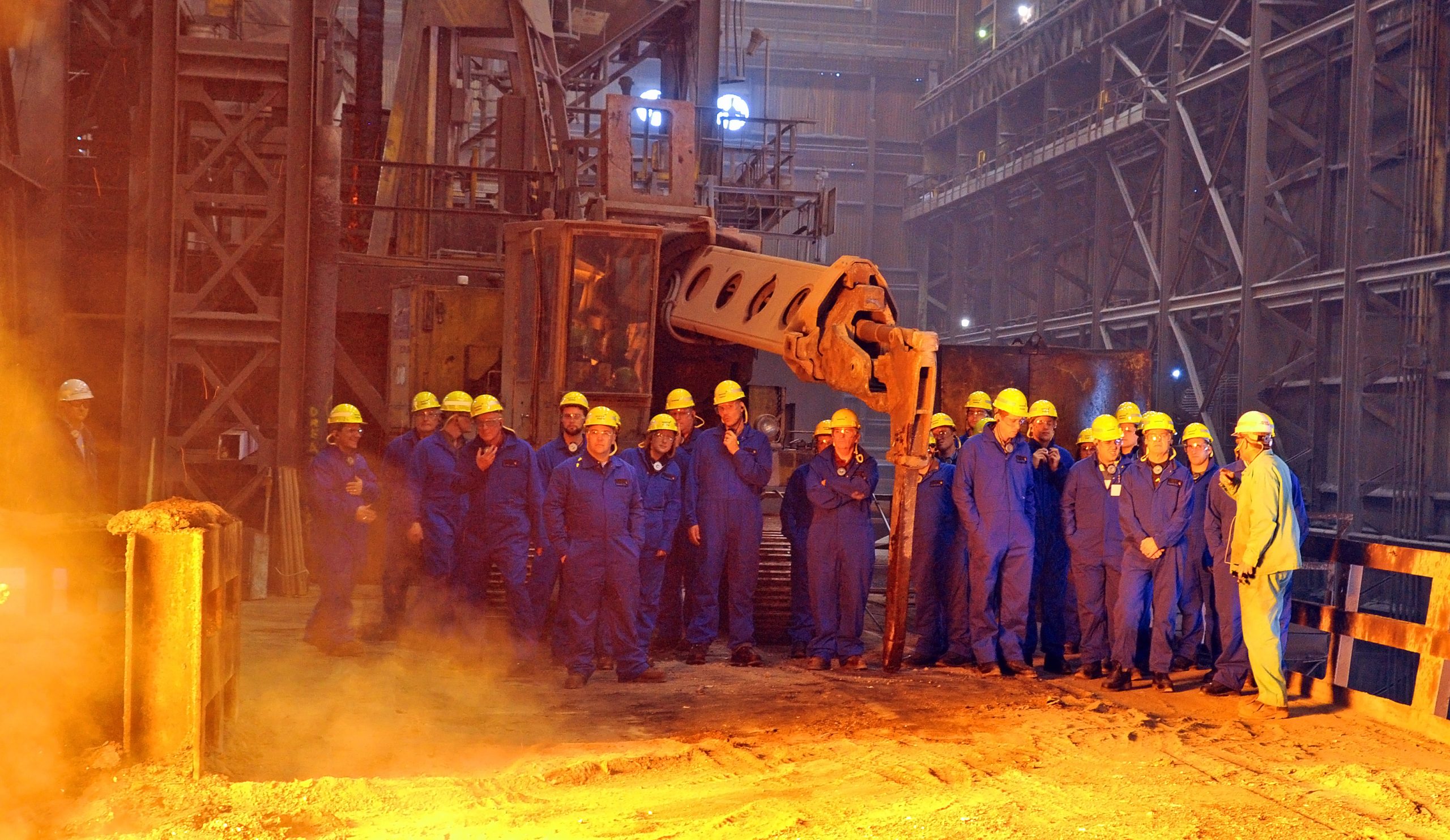Analysis

April 22, 2025
Final Thoughts
Written by Ethan Bernard
ChatGPT has spoken. In my last Final Thoughts, I examined three questions from our latest survey. I included participants’ comments from each question. At the end, I subjected my piece to the analysis of the SMU Magic 8-ball. It proclaimed: “Better not tell you now.” Well, I couldn’t let things rest there, and, as promised, called in on ChatGPT for some analysis.
First off, let me tell you the parameters. The survey questions were as follows: 1) When do you think steel prices will peak? 2) Where do you think HRC prices will be in two months? 3) How will your company perform this month compared to your forecast? I plugged in the more than 60+ comments we received to those questions as raw data into ChatGPT. I asked ChatGPT not to bring in any outside data.
Another wrinkle is I made my prompts more specific. CRU Principal Analyst Josh Spoores had asked me to do that with our previous survey and it yielded some interesting results. I also asked ChatGPT to condense the response. Finally, SMU Editor-In-Chief Michael Cowden removed a couple elements in a very light edit. So without further ado, here are the results from two questions I posed to AI.
Is market sentiment currently bullish or bearish on steel pricing?
The steel market sentiment is largely bearish due to weak demand and cautious buying. Many buyers are limiting purchases to immediate needs.
Tariff uncertainty is causing delays and confusion, which has further dampened market activity. While tariffs have provided some support, they are also creating hesitation in buying.
Supply levels are stable, with scrap prices correcting earlier than expected and imports maintaining a steady flow. This, combined with soft demand, reduces the likelihood of sustained price increases.
Mills are struggling to raise prices, as there’s not enough demand to support them. Some mills are predicting higher Q3 pricing, but most believe the market will remain weak in the near term.
What takeaways would you give for a Midwest service center executive worried about supply chain disruptions?
1. Tariff Uncertainty = Disruption Risk
Ongoing trade confusion is delaying buying decisions and clouding supply chain visibility.
2. Supply Stable for Now, but Fragile
Scrap corrected early, and imports are flowing—but rising freight costs and policy shifts could change that quickly.
3. Mills Holding Prices, Demand Slipping
Mills are pushing to maintain pricing, but slowing orders and weak demand create uncertainty for inventory planning.
4. Lean Inventory Is the Trend
Buyers are staying light on stock, raising the risk of short-term shortages if demand surprises or supply is disrupted.
My own takeaways
I feel you can take two different approaches with AI. Wait for a specialist to come and tell you what to do. Or… roll up your sleeves and dive in. First, use your data in a secure environment. Next, have at it. You’re just typing questions, or asking directly into a microphone.
Perhaps research how to ask prompts, or just go for it yourself. It’s your data, and you never know when you might stumble on a novel way how to use it. Most firms have years and years of data that that is not being actively analyzed… there could be a steel needle in that haystack. Please let us know if you find one.
Steel 101
For those of you interested in learning about steel in a more traditional way, be sure to sign up for Steel 101.
Join us in Memphis, Tenn., on June 10-11. On the first day, attendees will learn how steel is made. They’ll even see it being made in person during a tour of Nucor Steel Arkansas in nearby Blytheville, Ark. You can’t do that on a computer!
The following day, we’ll dive into everything from end markets and coating extras to futures and price indices.
So if you might know a steel newbie who would benefit, pass on the news! You can register here.







